Light has evolved throughout human history. We began with primitive torches. These provided warmth and safety. Then, intricate gas lamps lit Victorian streets. In the digital age, we see the birth of Smart Lighting.
Today, lighting is about more than just visibility. It’s personal. It offers energy efficiency. It integrates seamlessly into our digital lives. With a button press or voice command, everything changes. Our homes adjust. Offices transform. Even cities adapt in ambiance and mood. But what powers this marvel? How can bulbs and switches be so smart? How do they sync with our rhythms, respond to needs, or predict desires?
We’ll reveal the magic of today’s smart lighting systems, beam by captivating beam. As we delve deeper into the technical components, you’ll discover how intricate these systems can be.
Delving Deep: Technical Components of Smart Lighting
Microcontrollers: The Brain Behind the Operation
Smart bulbs look simple on the outside. Inside, there’s complexity. Microcontrollers are central. Think of them as tiny computers. They process information. They execute commands. This component is essential. It allows real-time reactions and customized settings.
Sensors: The Eyes and Ears
Every smart system needs feedback. That’s where sensors come in. Light sensors measure ambient light. Motion sensors detect presence. Some bulbs even have temperature sensors. They ensure optimal conditions for LEDs. In essence, sensors provide context. With them, lighting becomes intuitive.
Wireless Modules: Staying Connected
Connectivity is a game-changer. Wireless modules offer this. Wi-Fi, Zigbee, or Bluetooth, these modules communicate. They sync with smartphones. They connect with home assistants. Updates are seamless. Control is at your fingertips.
LEDs: Efficient and Adaptive Luminance
Traditional bulbs use filaments. Smart bulbs have LEDs. They are efficient. They emit minimal heat. Brightness and colour can change. It caters to mood, time, or function. LEDs offer versatility. They save energy. It’s innovation at its finest.
Mobile Apps and User Interface: Tailored Control
What’s a smart device without an app? Mobile applications bridge users and systems. They offer personalization. From brightness to colour schemes, customization is easy. Some even integrate with smart lighting apps. It’s not just about control. It’s about creating ambiance.
Power Management Units: Safe and Reliable Operation
Smart bulbs do more than traditional ones. They need efficient power. Power Management Units (PMUs) offer this. They ensure safe operations. They handle fluctuations. PMUs are guardians. They keep the system running smoothly.
Memory Units: Remembering Your Preferences
Memory units serve this purpose. They make sure your settings remain. What is your favourite scene? It’s there. That perfect ambiance? Recalled in a moment. But what drives these hardware components? Let’s dive into the software that makes it all tick.
The Brains Behind the Operation: The Software
Firmware: Ensuring Functionality
Smart lights are more than hardware. Firmware plays a role. It’s the embedded software. It directs the microcontroller. It ensures essential functions. Firmware updates can improve performance. For instance, security patches come this way. It keeps the system robust.
Mobile Apps: Seamless Interaction
You’ve got your bulb. Now, what? Mobile apps step in. They’re intuitive. They bridge the gap. Whether Android or iOS, they’re tailored. You can dim lights. Change colours. Create scenes. With these apps, customization is a breeze.
Voice Recognition: Speaking to Lights
It sounds futuristic. But it’s today’s reality. Software now understands speech. Platforms like Alexa or Google Assistant integrate. Ask to dim the lights. Command a colour change. Voice recognition makes it happen. It’s magic, powered by code.
Machine Learning: Adaptive and Smart
Smart lighting learns. How? Machine learning. This software adapts. It recognizes patterns. Coming home at 7 pm? Lights greet you. Watching a movie? The ambiance shifts. Machine learning personalizes experiences. It’s not just smart; it’s insightful.
Remote Access Protocols: Control from Afar
Away from home? No problem. Remote access protocols are essential. They secure connections. They bridge devices and users. Turn off forgotten lights. Adjust settings. All from your phone. Even miles away.
API Integrations: Collaborative Tech
Tech should work together. API integrations make sure of it. They connect diverse platforms. Want your lights to sync with music? APIs help. Partnering with another tech? Seamless. It’s about unity in diversity.
Security Features: Safety First
Today’s world demands security. Smart lights aren’t exceptions. Software layers protect. They shield from unauthorized access. Encryption is a friend. Regular updates ensure safety. Peace of mind? Priceless.
Real-Life Applications: Where Technical Genius Meets Everyday Life
Waking Up Naturally: The Sunrise Simulation
Traditional alarms jolt us awake. In contrast, some smart bulbs offer sunrise simulations. They imitate the sun’s natural progression, brightening gradually. This method aligns with our natural circadian rhythms, promoting a gentler wake-up process.
Setting the Mood: Ambiance Customization
Lighting plays a crucial role in setting an ambiance. With smart lighting, users can fine-tune colours and brightness levels to match their mood or activity. From calming blues to invigorating yellows, the range is vast and versatile.
Boosting Productivity: Task-Oriented Lighting
Research indicates that lighting can influence our productivity. With smart bulbs, users can select colour temperatures suited for concentration and focus, creating an optimal work environment. Read more about lighting in office spaces here.
Gaming Enhancements: Synced Experience
The gaming world and its integration with smart lighting are evolving. Some systems sync with games, reflecting in-room lighting based on on-screen activity. This creates a more immersive experience.
Aiding Sleep: Lights Synced with Biological Clocks
Specific smart lighting systems understand our sleep patterns. As bedtime approaches, these lights reduce blue light emission, aligning with our body’s natural preparation for rest.
Home Security: Mimicking Presence
For added security, smart lights can be programmed to mimic household activity when homeowners are away. This random switching on and off can act as a deterrent for potential intruders.
Celebrations: Themed Lighting
Special occasions can be made even more memorable with tailored lighting themes. Smart systems allow users to adjust settings for various celebrations, from birthdays to national holidays.
Artistic Expressions: Lighting as a Creative Tool
The potential for artistic expression is vast. In addition to their diverse functionalities, smart lights are lauded for their energy efficiency. Their optimized use can significantly reduce energy consumption, leading to sustainable living.
Environmental Benefits: Energy Efficiency
In addition to their diverse functionalities, smart lights are lauded for their energy efficiency. Their optimized use can significantly reduce energy consumption, leading to sustainable living.
The Future of Smart Lighting: A Glimpse into Tomorrow
Integration with Augmented Reality (AR) and Virtual Reality (VR)
Smart lighting is poised to play a pivotal role in AR and VR environments. Imagine a VR game where the room’s lighting syncs perfectly with the virtual world or AR apps that adjust room luminance based on user interaction. The boundaries between virtual and real are set to blur further with the evolution of smart lighting.
Advanced Health Integration
Beyond regulating sleep patterns, future smart lighting systems might actively monitor user health. By assessing room conditions and individual health metrics, these systems could adjust lighting to boost mood, alleviate stress, or even alert users about potential health issues.
Self-Repairing Systems
Machine learning can usher in an era where smart lighting systems self-diagnose and rectify issues. Before a bulb goes out, the system could notify the user or even order a replacement autonomously.
Sustainable Lighting
The push for green technology will likely make smart lighting systems more energy efficient. Moreover, future bulbs might harness renewable energy sources like solar or kinetic energy.
Advanced Motion Sensing
Beyond essential motion detection, future sensors might discern between different individuals or pets in a home, adjusting lighting based on personalized profiles. Imagine walking into a room and having it illuminate in your favourite hue instantly.
Holistic Home Integration
As the Internet of Things (IoT) expands, smart lighting will likely communicate seamlessly with other home devices. This could lead to coordinated routines where lights dim as a movie starts or flash as a reminder to take food out of the oven.
Conclusion
The journey of light, from the flickering flames of ancient torches to today’s intelligent, adaptive smart lighting systems, is a testament to humanity’s unending quest for improvement and innovation. Today, as we stand at the juncture of this evolution, smart lighting isn’t just a product of technology—it’s an embodiment of our desires to shape and personalize our environments.
The transformative power of smart lighting goes beyond mere convenience. It plays a pivotal role in shaping our moods, boosting productivity, ensuring our safety, and expressing our creative inclinations. Its applications, as explored in this article, serve as a mirror to our multifaceted lives, where work, leisure, health, and entertainment intersect.
Moreover, the line between science fiction and reality blurs as we gaze into the future. The promise of smart lighting systems that interact seamlessly with augmented reality, monitor our health, and draw from sustainable energy sources paints a vision of a world where technology isn’t just integrated but is indistinguishable from our daily lives.
As we move forward, the luminescent brilliance of smart lighting systems will undoubtedly shine in our homes and workplaces and the fabric of our societal progress. It stands as a beacon, signalling a future where technology and humanity merge in harmony, illuminating a path filled with possibilities.

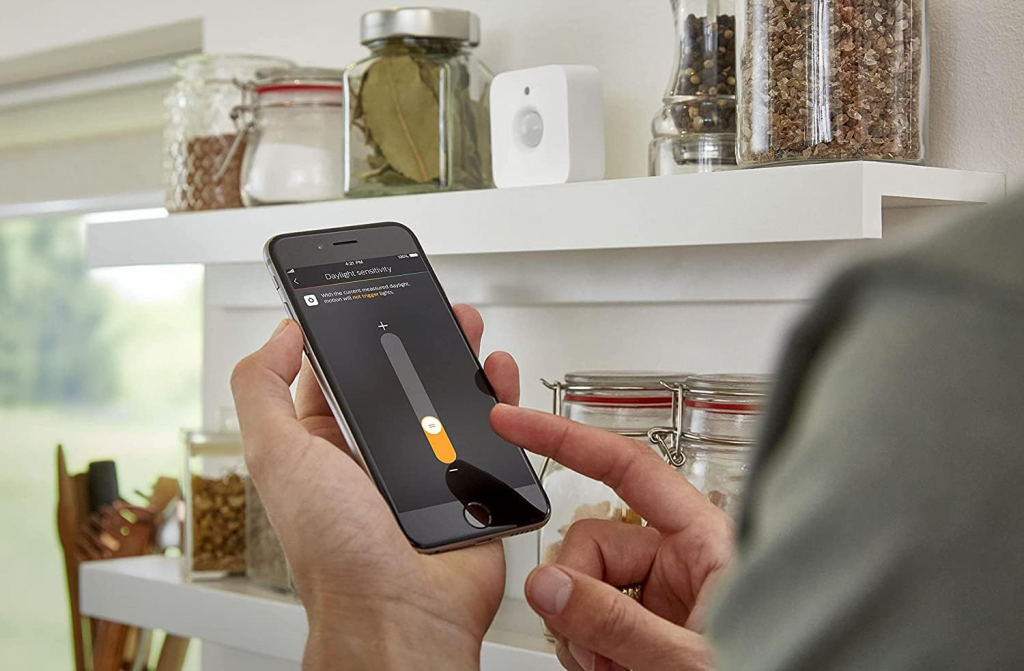
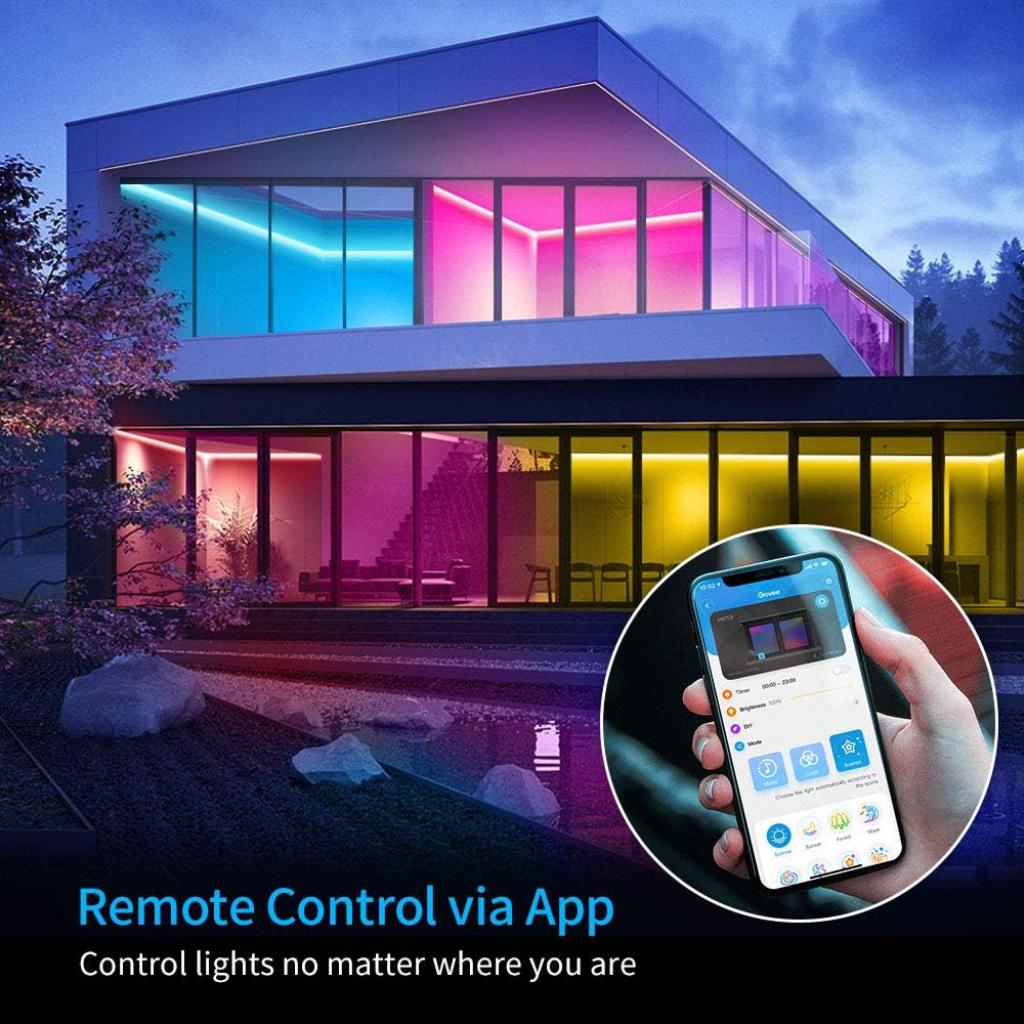
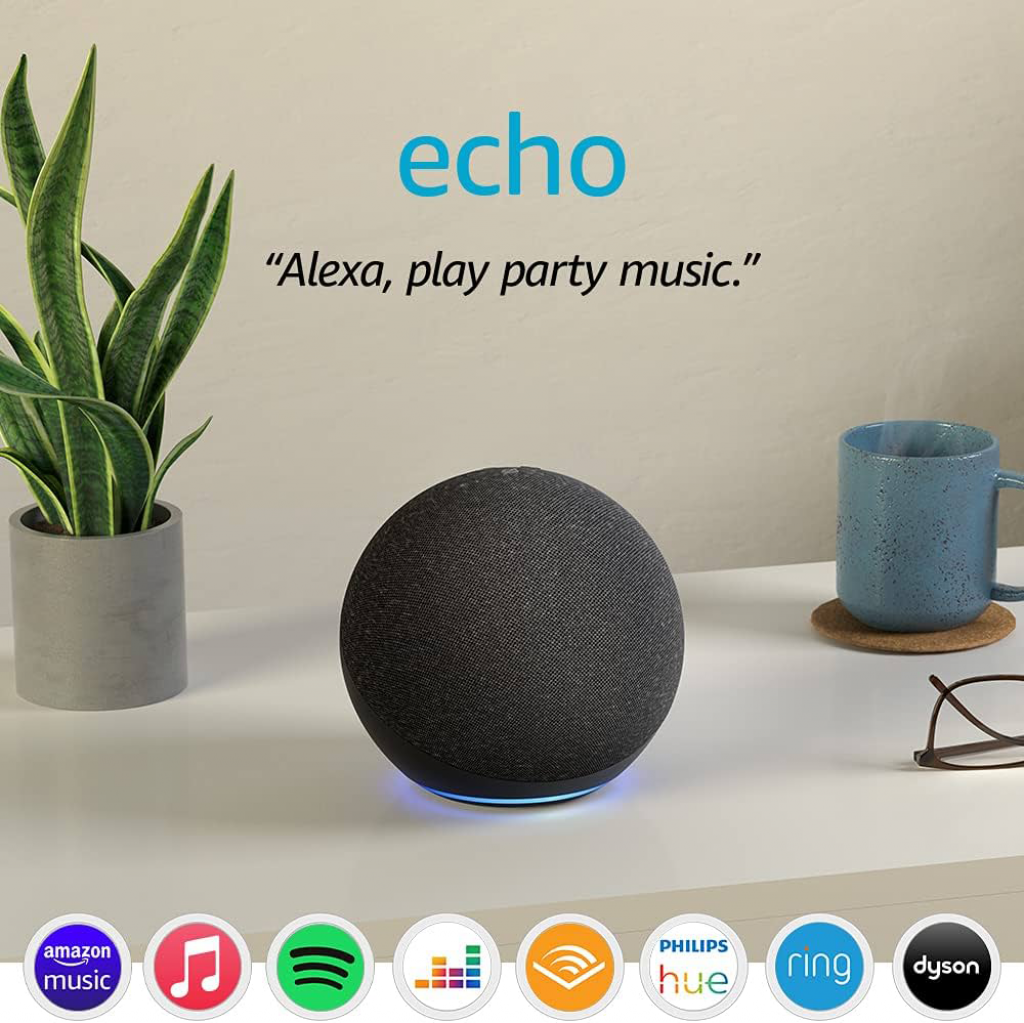
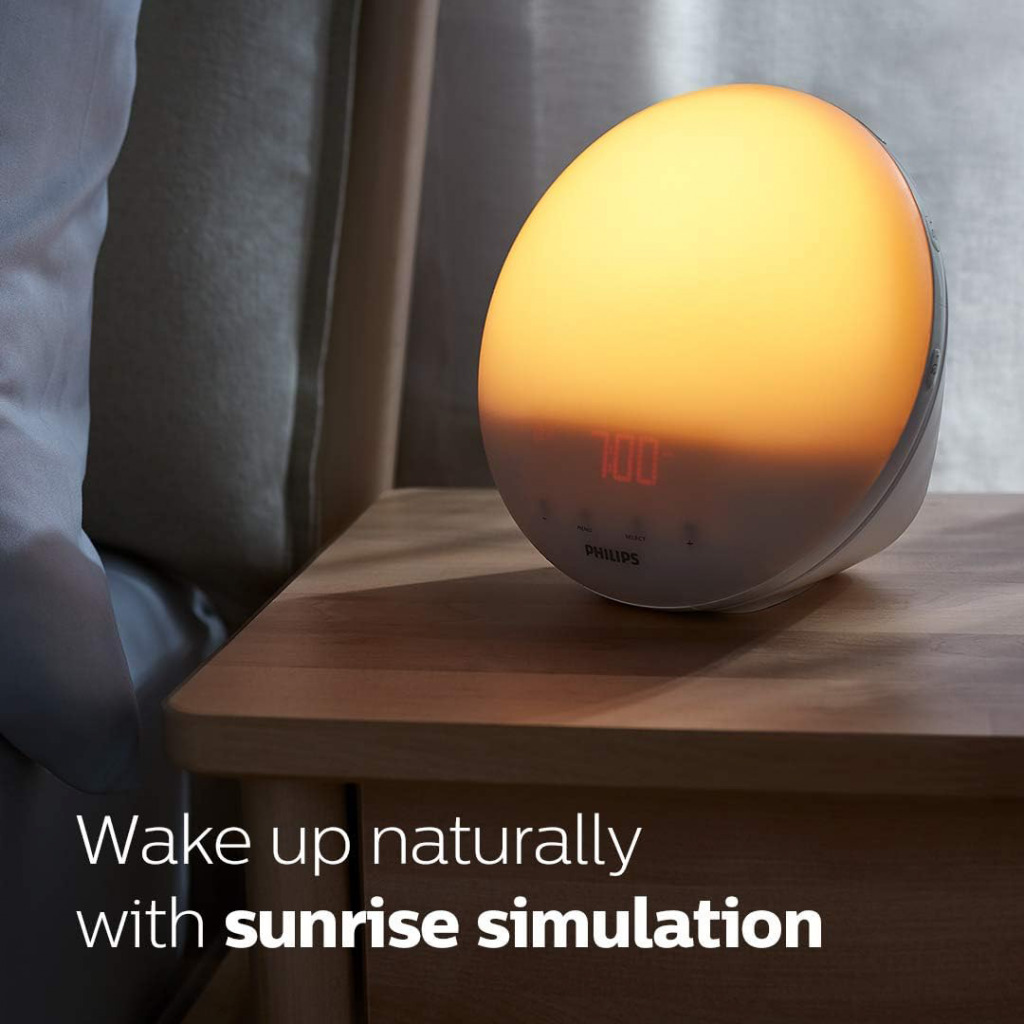
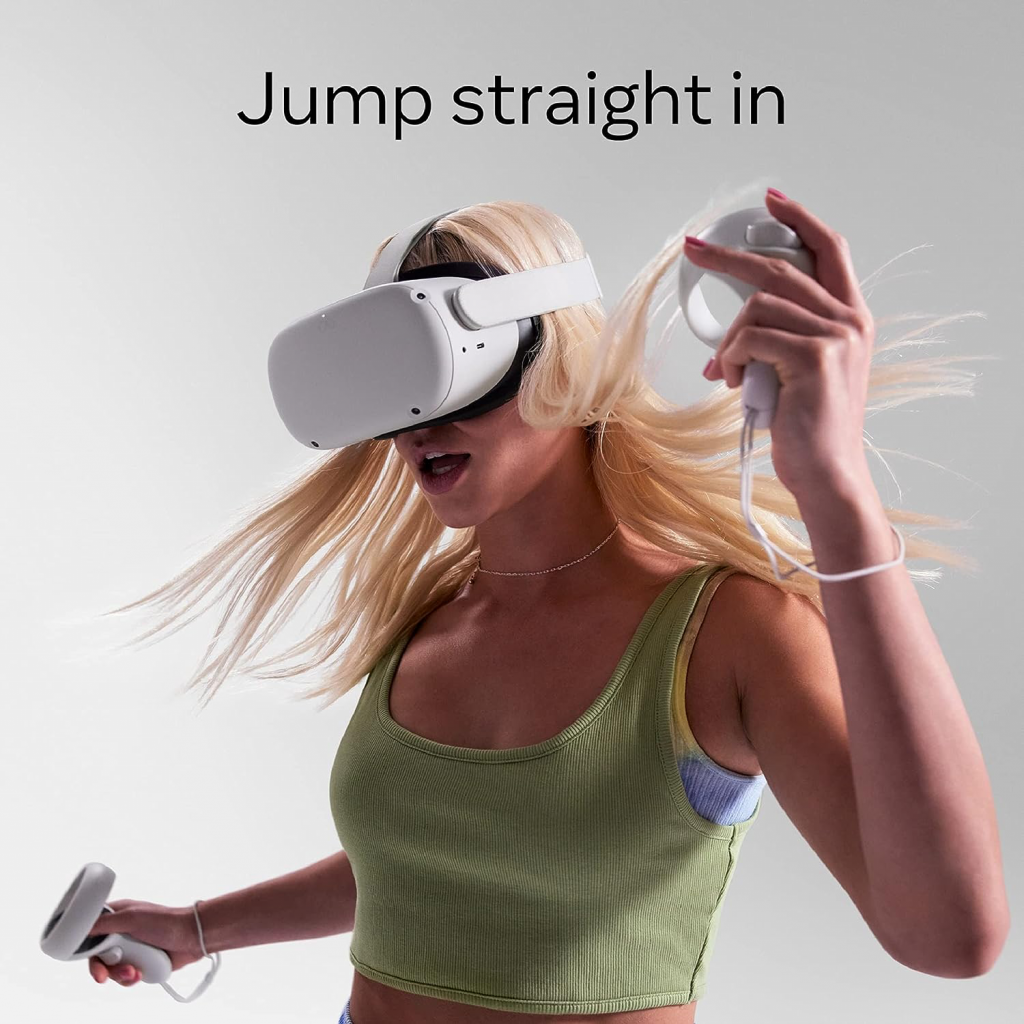







Overall, I thoroughly enjoyed your article and found it highly informative
Thanks, for your support 🙂